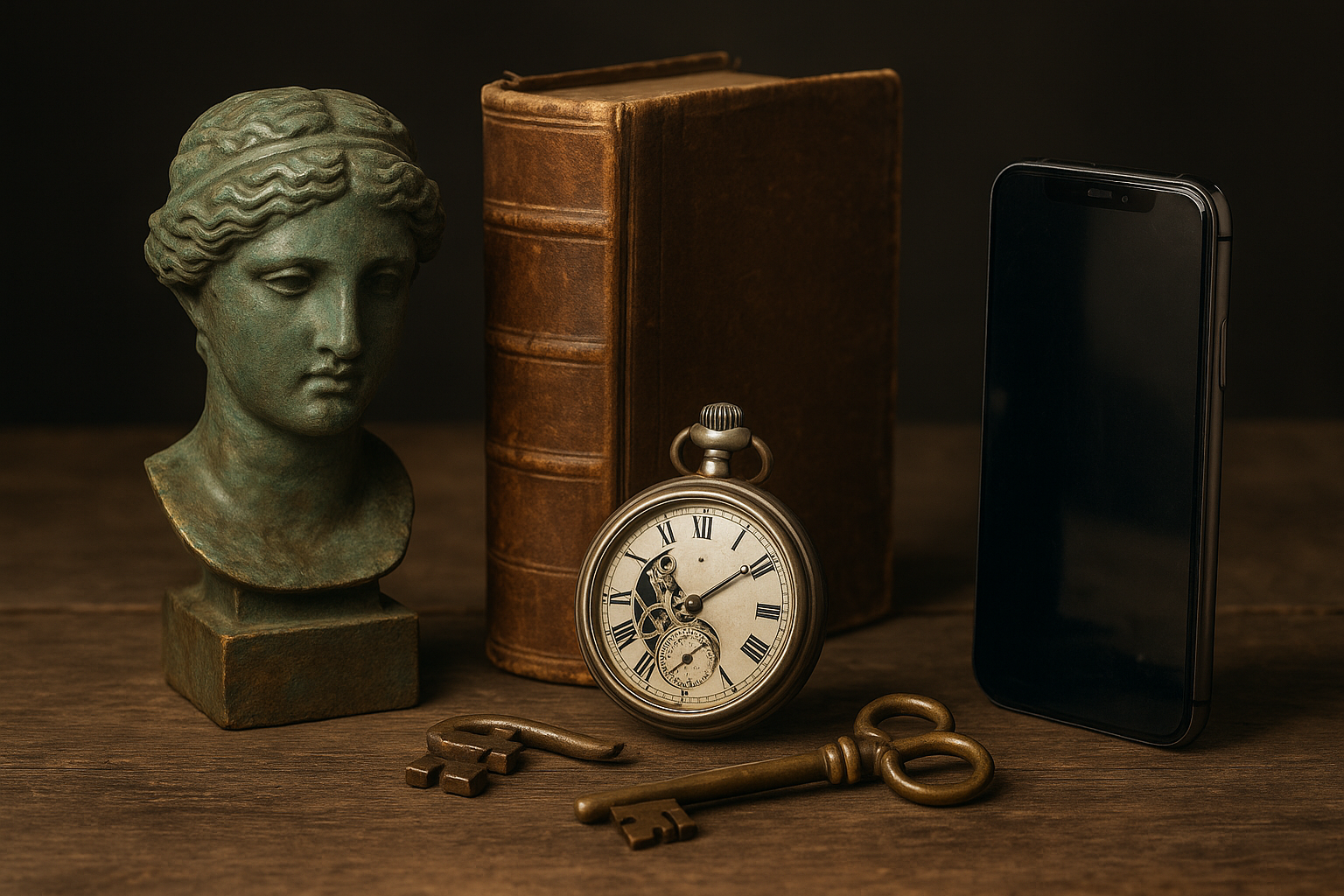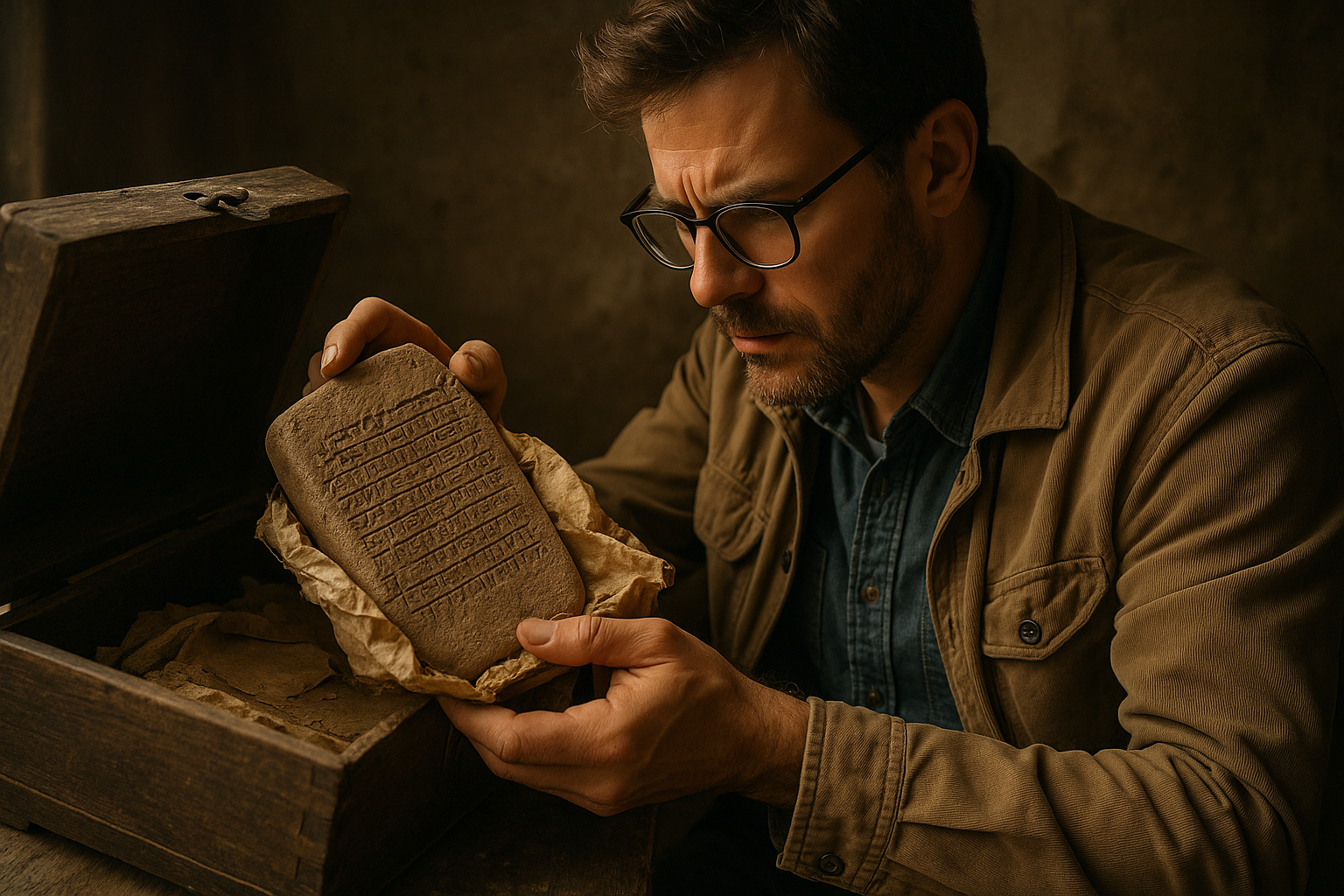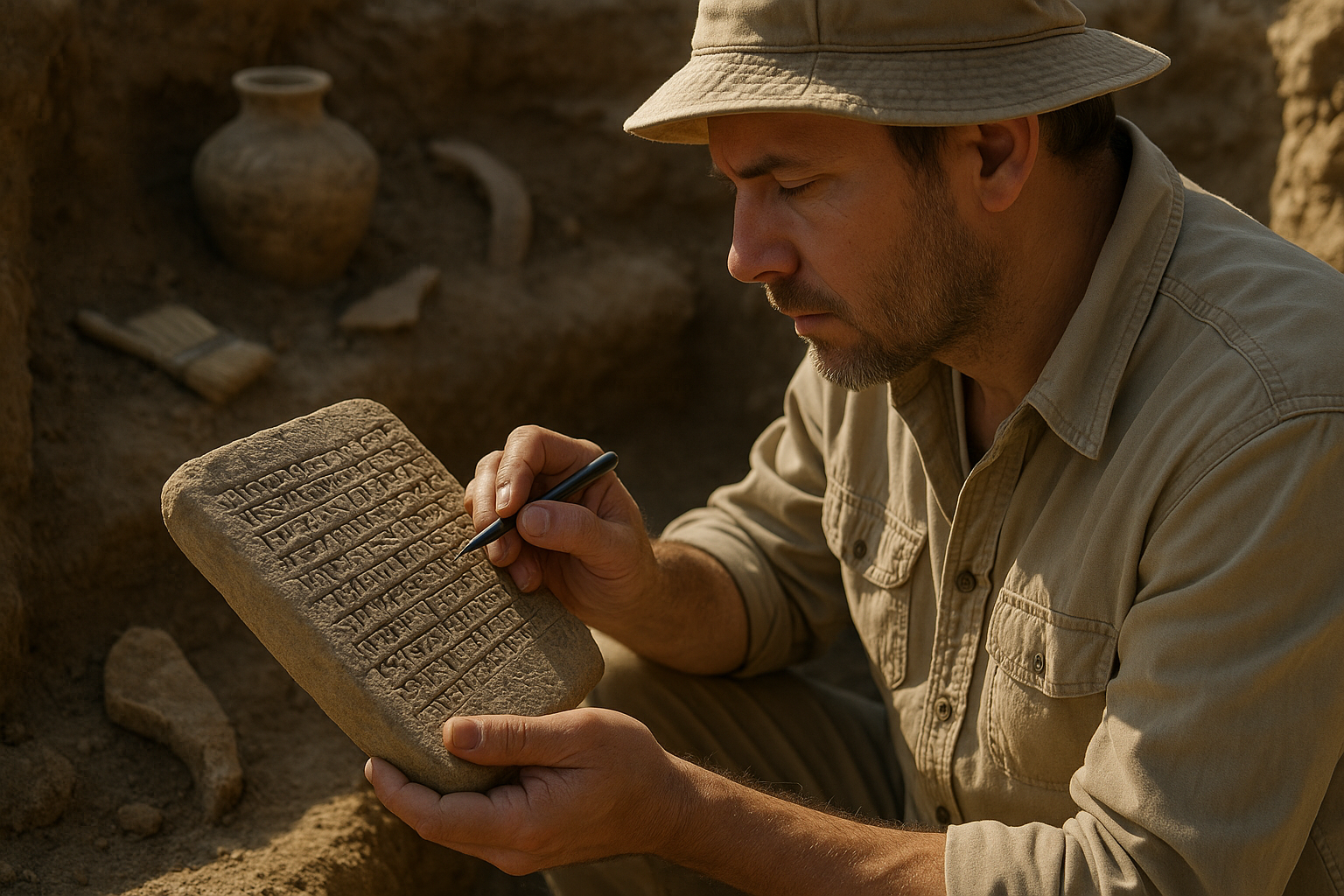Royal tombs have always captivated historians and archaeologists alike, hiding treasures and mysteries beneath layers of earth and time.
🏺 The Allure of Ancient Royal Burial Sites
Throughout human civilization, the practice of burying royalty with elaborate ceremonies and precious artifacts has provided modern scholars with invaluable insights into past societies. These forgotten royal tomb deposits serve as time capsules, preserving not just material wealth but also the beliefs, customs, and technological achievements of ancient cultures.
The study of royal tombs has undergone a remarkable transformation in recent decades. Advanced technologies now allow researchers to uncover secrets that would have remained hidden just a generation ago. From ground-penetrating radar to DNA analysis, modern archaeological methods are revolutionizing our understanding of how our ancestors lived, died, and prepared for the afterlife.
What makes these discoveries particularly fascinating is the element of surprise. Even well-documented royal burial sites continue to yield unexpected findings that challenge established historical narratives and force us to reconsider what we thought we knew about ancient civilizations.
⚱️ Defining Foundation and Votive Deposits
Before delving deeper into specific discoveries, it’s essential to understand what archaeologists mean by “tomb deposits.” These aren’t simply the treasures buried with deceased royalty. The term encompasses a broader category of intentional placements made during various stages of tomb construction and use.
Foundation deposits were typically placed at the beginning of construction, marking the sacred nature of the building project. These deposits often contained miniature tools, pottery vessels, animal sacrifices, and inscribed objects that identified the tomb’s owner and the date of construction. They served both practical and spiritual purposes, consecrating the ground and ensuring divine protection.
Votive deposits, on the other hand, were offerings made after the tomb’s completion. Family members, priests, or pilgrims would leave these gifts to honor the deceased or petition them for favors. Over centuries, some royal tombs accumulated substantial collections of votive offerings, creating archaeological goldmines for modern researchers.
Types of Deposits Found in Royal Tombs
The variety of materials found in royal tomb deposits is staggering. Researchers have categorized these findings into several distinct types, each providing different insights into ancient cultures:
- Ritual objects: Items used in burial ceremonies, including incense burners, libation vessels, and ceremonial weapons
- Personal possessions: Jewelry, clothing, cosmetics, and everyday items the deceased used in life
- Food offerings: Preserved or mummified provisions intended to sustain the deceased in the afterlife
- Symbolic items: Objects representing power, divinity, or protection, such as crowns, scepters, and amulets
- Commemorative inscriptions: Texts recording the deceased’s achievements, genealogy, and prayers for their eternal rest
🔍 Revolutionary Archaeological Techniques
The advancement of archaeological science has dramatically changed how researchers approach royal tombs. Gone are the days when excavation meant simply digging until something interesting appeared. Today’s archaeologists employ a sophisticated array of technologies that can detect and analyze deposits without disturbing them.
Ground-penetrating radar allows teams to create detailed maps of underground structures before breaking ground. This non-invasive technique has led to the discovery of previously unknown chambers and hidden deposits in tombs that archaeologists thought they had fully explored decades ago.
Chemical analysis of soil samples can reveal the presence of organic materials that have long since decomposed. By studying the chemical signatures left behind, researchers can determine what foods were offered, what fabrics were present, and even what perfumes or unguents were used in burial rituals.
DNA and Isotope Analysis
Perhaps the most revolutionary developments have come from biological sciences. DNA extracted from skeletal remains can now reveal not just the identity of individuals buried in royal tombs but also their relationships to other royal family members, their ethnic origins, and even the diseases they suffered.
Isotope analysis of bones and teeth provides information about diet, migration patterns, and environmental conditions during a person’s lifetime. This technique has overturned several long-held assumptions about royal dynasties, revealing that some rulers came from distant lands or that royal families intermarried with populations previously thought to be enemies.
🌍 Notable Discoveries Across Continents
Recent years have witnessed an explosion of significant discoveries in royal tomb archaeology. Each continent has contributed remarkable finds that have reshaped our understanding of ancient civilizations and their burial practices.
Egypt’s Never-Ending Surprises
Despite over a century of intensive archaeological work, Egypt continues to yield astonishing discoveries. The Saqqara necropolis, for instance, has recently revealed dozens of sealed coffins containing perfectly preserved mummies and their associated burial deposits. These tombs, dating to various periods of Egyptian history, contain artifacts that provide new insights into religious evolution and artistic development.
One particularly significant recent discovery involved a previously unknown cache of foundation deposits near the Valley of the Kings. These deposits contained scarabs, pottery, and tool miniatures that have helped archaeologists refine their dating of several nearby tombs and understand the construction sequences of the royal cemetery.
Asian Royal Burial Complexes
China’s imperial tombs represent some of the most elaborate burial complexes ever created. The Mausoleum of the First Qin Emperor, famous for its terracotta warriors, continues to reveal new deposits as archaeologists carefully explore areas beyond the well-known pits. Recent excavations have uncovered foundation deposits containing jade objects, bronze vessels, and rare musical instruments that demonstrate the emperor’s power and cultural sophistication.
In Thailand, the royal tombs at Ayutthaya have provided fascinating insights into the syncretism of Buddhist and Hindu traditions in Southeast Asian royalty. Votive deposits at these sites include items from as far away as Persia and Europe, demonstrating the extensive trade networks that connected ancient kingdoms.
European Medieval and Renaissance Tombs
European royal tombs, while often disturbed by later generations, still occasionally yield surprises. Recent restoration work at Westminster Abbey uncovered previously unknown foundation deposits beneath the tombs of several English monarchs. These deposits included coins, religious relics, and documents that have helped historians better understand coronation and burial rituals.
In Eastern Europe, the royal tombs at Wawel Cathedral in Poland have been the subject of renewed archaeological interest. Modern analysis of deposits there has revealed surprising information about the health, diet, and even the clothing of Polish monarchs from the medieval period.
💎 The Treasures Within: Material Culture Revealed
The physical objects recovered from royal tomb deposits tell stories that written records cannot. These artifacts represent the pinnacle of craftsmanship in their respective cultures, created by the most skilled artisans specifically for royal use.
Gold and precious stones naturally dominate many royal deposits. However, the true archaeological value often lies not in the monetary worth of these items but in what they reveal about trade routes, technological capabilities, and aesthetic preferences. A carnelian bead from South Asia found in a European royal tomb, for instance, speaks volumes about international connections.
Textiles and Organic Materials
When preservation conditions are favorable, organic materials provide some of the most intimate glimpses into royal life. Textile fragments from tomb deposits have revealed sophisticated weaving techniques, dye sources, and fashion trends that would otherwise be lost to history.
The tomb of Lady Dai in China, for example, contained silk garments so well-preserved that researchers could study the weaving patterns and even identify the types of silkworm used. Such discoveries have revolutionized our understanding of ancient textile production and trade.
📜 Inscriptions and Written Records
Many royal tomb deposits include written materials that serve as primary sources for historians. These texts range from formal inscriptions carved in stone to more ephemeral writings on papyrus, parchment, or bamboo strips.
Foundation deposits often contained inscribed plaques or tablets that documented the tomb’s construction. These texts typically included the ruler’s name and titles, the date of construction, prayers for protection, and sometimes curses against potential tomb robbers. Such inscriptions have proven invaluable for establishing chronologies and understanding ancient writing systems.
In some cultures, tomb deposits included copies of religious texts meant to guide the deceased through the afterlife. The Egyptian Book of the Dead, Tibetan Bardo Thodol, and similar texts provide insights not just into religious beliefs but also into the evolution of language and literature.
🔬 Scientific Analysis: What the Objects Tell Us
Modern scientific techniques have transformed inanimate artifacts into sources of dynamic information. Every object from a royal tomb deposit can now be subjected to numerous analytical procedures that reveal its composition, manufacturing process, age, and even its journey from raw material to finished product.
Metallurgical analysis of gold, bronze, and iron artifacts has revealed trade networks and technological transfer between cultures. Some royal tomb deposits contain objects made from materials that could only have come from locations thousands of miles away, demonstrating the extensive reach of ancient royal courts.
Environmental Reconstruction
Pollen analysis of soil from tomb deposits can reconstruct the environment surrounding the burial at the time of interment. This information helps researchers understand ancient climates, agricultural practices, and landscape changes over millennia.
Similarly, analysis of food offerings preserved in tomb deposits provides data about ancient cuisine, agricultural production, and seasonal availability of various foods. Researchers have even been able to reconstruct specific recipes and food preparation methods from residues found on pottery vessels.
🛡️ Preservation Challenges and Ethical Considerations
The excavation and study of royal tomb deposits present numerous challenges beyond the purely technical. Preservation of fragile materials requires immediate intervention and sophisticated conservation techniques. Many objects begin to deteriorate the moment they’re exposed to air after centuries or millennia in sealed environments.
Ethical considerations also loom large in royal tomb archaeology. Many cultures view the disturbance of ancestral remains as deeply disrespectful. Archaeologists must balance the pursuit of knowledge with respect for descendant communities and their beliefs about proper treatment of the dead.
International laws and agreements now regulate the excavation and ownership of archaeological materials, including royal tomb deposits. The days of Western archaeologists simply claiming whatever they discovered in other countries have largely ended, though disputes over ownership of previously excavated materials continue.
🌟 Future Directions in Royal Tomb Research
The field of royal tomb archaeology stands at an exciting crossroads. Emerging technologies promise to unlock even more secrets from deposits that have already been excavated, while new discoveries continue to be made in unexplored regions.
Artificial intelligence and machine learning are beginning to play roles in analyzing patterns across multiple tomb deposits, identifying connections that human researchers might miss. These technologies can process vast amounts of data about artifact types, distributions, and associations, potentially revealing new insights into ancient beliefs and practices.
Virtual reality and 3D modeling allow researchers to reconstruct entire tomb complexes digitally, enabling scholars worldwide to study deposits without traveling to museums or excavation sites. These technologies also make royal tombs accessible to the general public in ways that were previously impossible.
Unexcavated Potential
Despite centuries of archaeological exploration, countless royal tombs remain undiscovered or unexcavated. Ground-penetrating radar surveys in Egypt, Peru, China, and other countries with rich royal burial traditions continue to identify promising sites. Each new discovery has the potential to rewrite portions of history and reveal aspects of ancient cultures that have been forgotten for millennia.
The challenge moving forward will be to excavate these sites responsibly, using the best available techniques while preserving as much information as possible for future researchers who will undoubtedly have even more sophisticated analytical tools at their disposal.

🎓 The Broader Impact on Historical Understanding
Royal tomb deposits have contributed immensely to our understanding of human history. They provide evidence for dating systems, confirming or contradicting historical texts, and filling gaps in the archaeological record. More importantly, they humanize the past, connecting us emotionally to people who lived centuries or millennia ago.
The study of these deposits reminds us that ancient peoples were not fundamentally different from us. They loved their families, feared death, hoped for continuation beyond this life, and invested tremendous resources in honoring their dead. These universal human experiences bridge the vast temporal distances between ancient civilizations and our own.
As research continues and new discoveries emerge, royal tomb deposits will undoubtedly continue to reshape our understanding of human history. Each excavation, each analysis, and each interpretation adds another piece to the complex puzzle of our shared past. The secrets these deposits hold are not just about kings and queens but about the societies they ruled, the craftspeople who created beautiful objects for them, and the belief systems that gave meaning to life and death.
The ongoing revelation of forgotten royal tomb deposits represents one of archaeology’s most dynamic frontiers, where cutting-edge science meets ancient mystery to illuminate the human story in all its complexity and wonder.
Toni Santos is a temporal researcher and symbolic archaeologist specializing in the study of forgotten burial systems, sacred archival practices, and the visual languages embedded in ancient temporal lore. Through an interdisciplinary and artifact-focused lens, Toni investigates how humanity has encoded knowledge, memory, and mystery into the temporal world — across cultures, rituals, and vanished civilizations. His work is grounded in a fascination with time capsules not only as vessels, but as carriers of hidden meaning. From extinct burial ritual practices to mythical codices and secret temporal seals, Toni uncovers the visual and symbolic tools through which cultures preserved their relationship with the temporal unknown. With a background in design semiotics and temporal artifact history, Toni blends visual analysis with archival research to reveal how time capsules were used to shape identity, transmit memory, and encode sacred knowledge. As the creative mind behind eltonxy, Toni curates illustrated chronologies, speculative temporal studies, and symbolic interpretations that revive the deep cultural ties between artifacts, ritual markings, and forgotten messages. His work is a tribute to: The lost temporal wisdom of Forgotten Time Capsule Burial Rituals The guarded archives of Sacred Codices and Forgotten Temporal Archives The mythopoetic presence of Temporal Symbols and Ritual Markings The layered visual language of Vanished Artifacts and Temporal Messages Whether you're a temporal historian, symbolic researcher, or curious gatherer of forgotten chronological wisdom, Toni invites you to explore the hidden roots of time capsule knowledge — one seal, one glyph, one message at a time.




